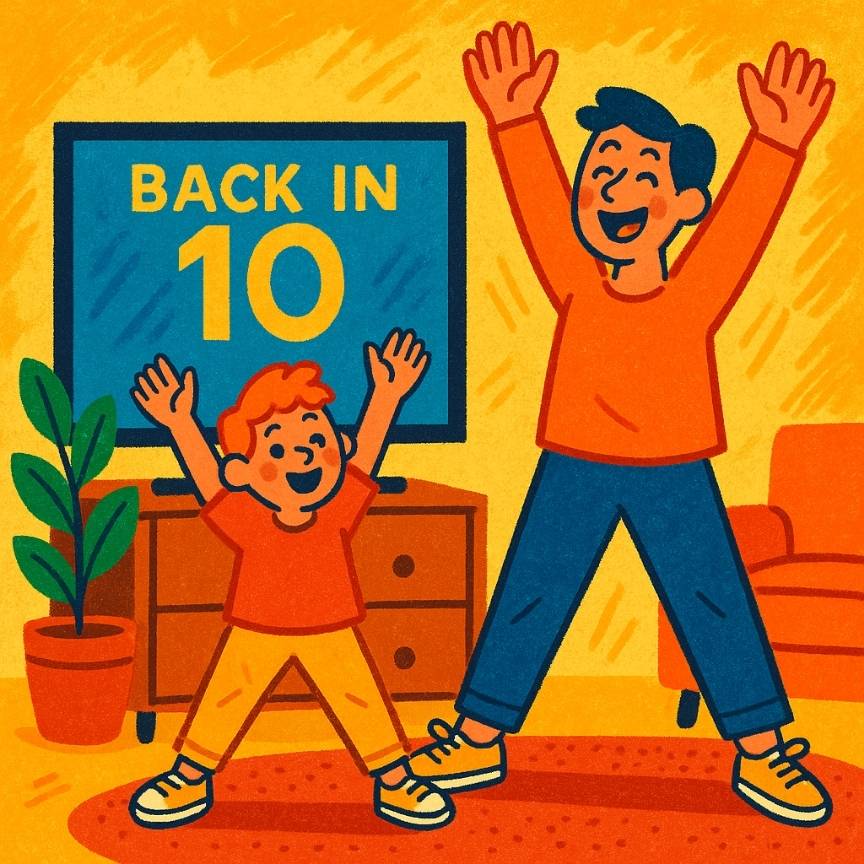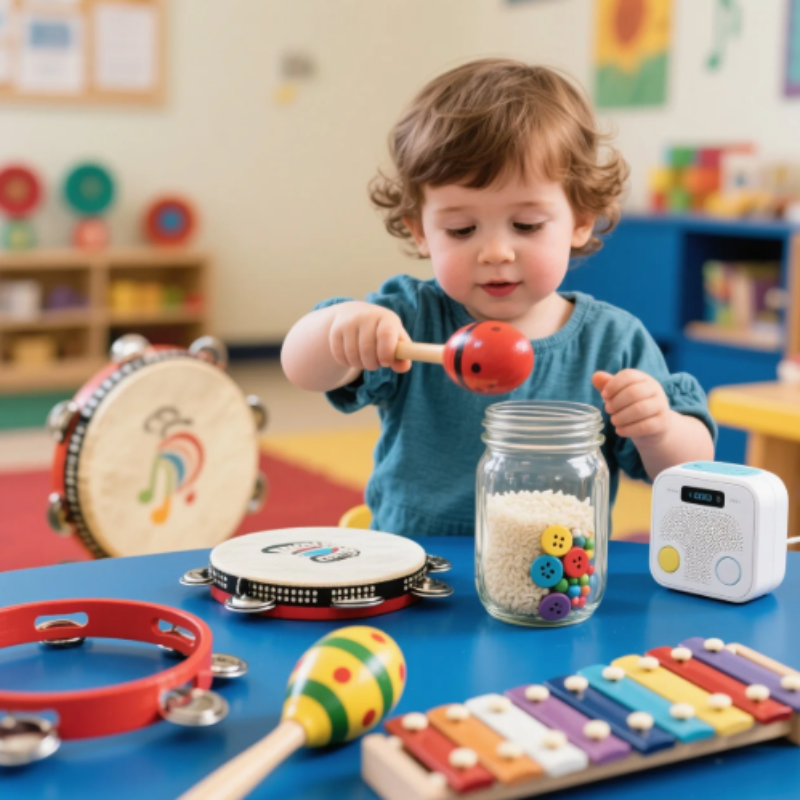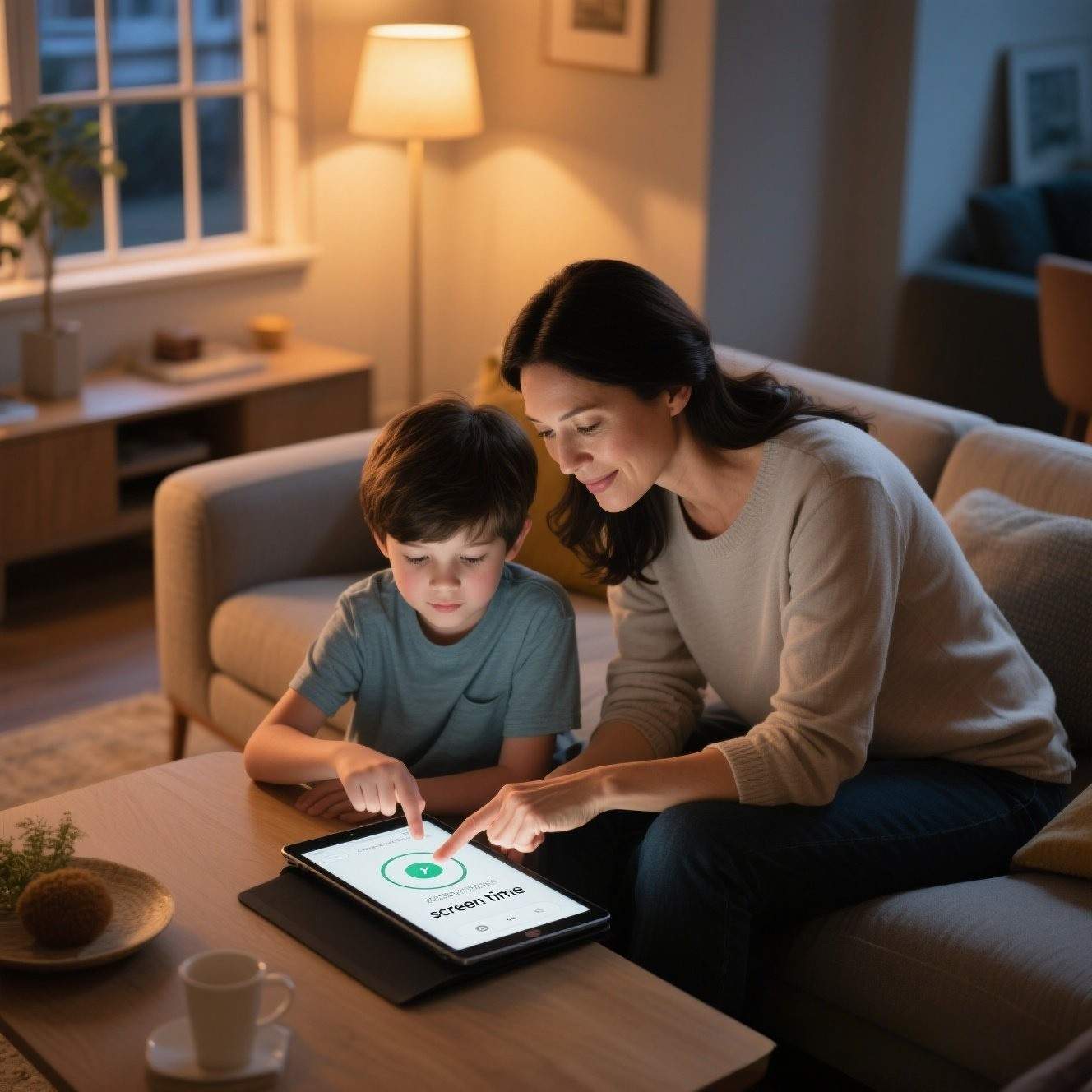Introduction
Growing chatter among parents at school gates, online forums, and pediatric waiting rooms circles back to one anxious question: how much screen time is too much for my child? In a world where tablets pacify toddlers on grocery runs and teens toggle between homework and short‑form videos, television often shoulders blame or sneaks by as a supposedly “safer” screen. Is that big, stationary box in the living room really as worrying as the pocket‑sized smartphone? To answer, we need to zoom out, define modern screen time, and weigh television’s unique role in today’s digital childhood.
Understanding Screen Time in Today’s Parenting
Screen time once meant little more than Saturday‑morning cartoons. Today it encompasses:
- Television: traditional broadcast, streaming platforms, and connected smart TV apps.
- Tablets & Smartphones: handheld devices offering interactive games, messaging, and endless short‑form content.
- Computers & Laptops: homework portals, video calls, and PC gaming.
- Hybrid Devices (e.g., VR headsets): immersive screens that blend entertainment with education.
Passive vs. Interactive Experiences
Passive viewing—mainly TV and certain streaming videos—relies on sitting back and absorbing what is served. Interactive screen time invites swipes, taps, and immediate feedback, stimulating reward pathways more intensely and encouraging longer engagement. Both can educate or entertain, yet they tax attention and self‑regulation differently.
Pediatric Guidelines
The American Academy of Pediatrics (AAP) currently recommends:
- Under 18 months: avoid digital media except live video chat.
- 18–24 months: introduce only high‑quality programming, co‑view with caregivers.
- 2–5 years: limit to about one hour per day of high‑quality screen use.
- 6 years and up: place consistent limits ensuring screens don’t displace sleep, exercise, or face‑to‑face interaction.
Crucially, the AAP’s advice doesn’t carve out a special exemption for television—the minutes on a big screen tally the same as those on a phone.

Is TV the Lesser Evil?
Many parents breathe easier when kids watch TV rather than scroll social apps. A few practical reasons fuel that sentiment:
- Physical Distance: Children typically sit two to three meters away, reducing blue‑light intensity and eye strain compared with a phone held inches from the face.
- Predictable Content Streams: Traditional broadcasters and major streaming platforms often provide age‑ratings, scheduled educational blocks, and algorithmic “kids modes.”
- Co‑Viewing Potential: A TV planted in a shared space invites parents to watch alongside, comment, or simply overhear questionable dialogue.
Yet “lesser evil” is a double‑edged label. Television’s advantages can morph into pitfalls:
- Advertising Exposure: Even paid platforms pepper children with product placements and character tie‑ins that shape wants long after the credits roll.
- Mindless Autoplay: Modern smart TVs blur into back‑to‑back episodes, numbing awareness of elapsed time.
- Limited Agency: Passive shows, even educational ones, may under‑stimulate problem‑solving and creativity if over‑used.
The realistic verdict? TV can be easier to supervise, but it is still screen time that counts toward the daily total and still demands boundaries.

Impact of TV on Child Development
Cognitive Effects
- Language & Executive Function: Educational programs like phonics shows can bolster vocabulary when parents actively discuss content. Conversely, sustained passive viewing—especially background TV—correlates with delayed expressive language and shorter attention spans.
- Creativity: When narratives spoon‑feed visuals and solutions, children lose chances to imagine endings themselves, shrinking creative rehearsal.
Emotional Effects
Exposure to frenetic pacing, conflict‑heavy plots, or violent imagery can overstimulate young minds, leading to nightmares or heightened aggression in sensitive viewers. Even benign sitcoms may plant unrealistic expectations about problem resolution in “30 minutes or less.”
Social Effects
Time zoned out in front of the screen is time not spent practicing conversational turn‑taking, rough‑and‑tumble play, or building empathy through real‑world cues. A family room where the TV drones incessantly may also reduce incidental chats that strengthen bonds.

Parental Challenges Around TV Use
Ask any caregiver preparing dinner at 6 p.m.: TV is a tempting, near‑silent babysitter. But convenience breeds conflict:
- Routine Inertia: Once nightly cartoons become ritual, switching them off can trigger tears or sibling squabbles over remote control rights.
- Guilt vs. Sanity Trade‑Off: Parents juggling work‑from‑home calls sometimes rely on a 30‑minute show for breathing space, later worrying that they “failed the screen audit.”
- Transition Troubles: Moving children from passive viewing to homework or outdoor play often sparks resistance—especially if episodes end on cliff‑hangers designed to hook.
Combatting these challenges demands clear family media rules posted in plain view and consistent across caregivers. For example: “TV only after homework and no later than 7:30 p.m.” Predictability reduces debates because the rule, not the parent, becomes the “bad cop.”

Health and Lifestyle Considerations
Physical Health
Long hours sprawled on a sofa invite a triple threat: reduced caloric burn, habitual mindless snacking, and posture issues. Children who watch TV in bedrooms show higher correlations with insufficient sleep due to blue‑light exposure and late‑night binges.
Holistic Balance Strategies
- 60/60 Rule: After every 60 minutes of sitting, engage in 60 seconds of movement—jumping jacks, hallway dash, or quick dance break.
- Screen‑Free Zones: Keep dining tables and bedrooms device‑free, reinforcing that meals and sleep are sacred.
- Active Co‑Viewing: Turn quiz shows or documentaries into family trivia games—pause to predict outcomes or discuss plot twists.
Modeling Healthy Habits
Kids track hypocrisy with laser precision. If adults habitually stream videos during dinner, lecturing children to unplug rings hollow. Disconnecting your own doom‑scroll in favor of a board game sends a louder, healthier message than any lecture.

Conclusion
Television absolutely counts as screen time. Yet, like any tool, its impact hinges on how, when, and why it is used. When parents treat TV as one ingredient—balanced with outdoor play, books, chats, and good sleep—it can enlighten as well as entertain. Set clear limits, curate age‑appropriate content, and watch together whenever you can. In doing so, you transform passive viewing into purposeful family moments, ensuring screens serve your child’s growth rather than stunt it.





